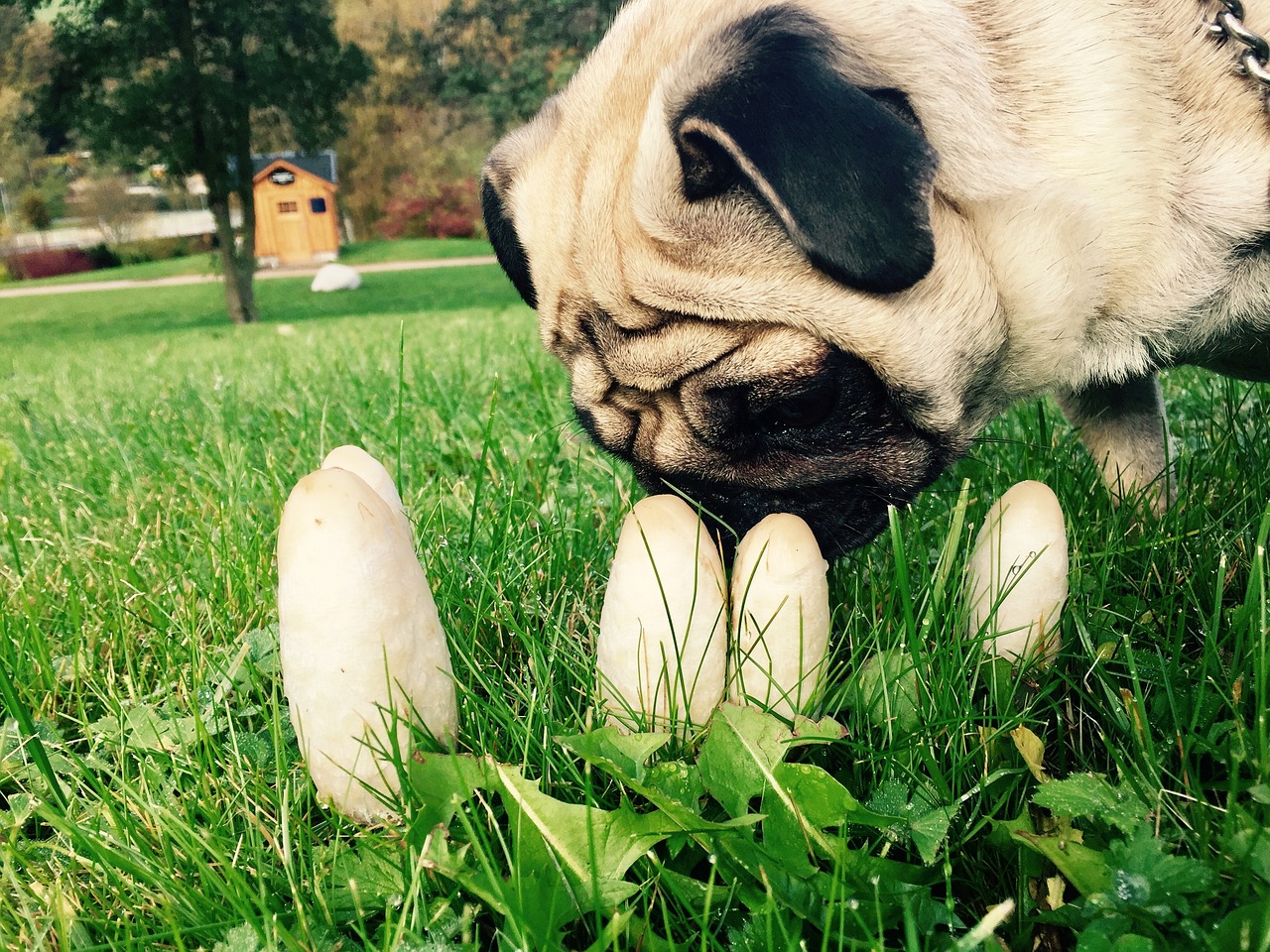Dogs are known for their curious nature, which often leads them to explore the world with their nose and essentially their mouth. Although this trait can be cute, it also poses risks, especially when dogs ingest non-food items or toxins. Some dog breeds, whether because of their size, energy level or curiosity, are more inclined to eat things they shouldn’t. This behavior, known as pica, can cause serious health problems, including intestinal blockage and poisoning. Identifying the breeds most likely to engage in this behavior can help owners take preventative measures to protect their furry friends. This article will explore ten dog breeds that eat something they shouldn’t, explore the reasons behind this trend and provide advice on how to curb these potentially dangerous habits.
1. Labrador Retriever
Labrador Retrievers are notorious for their insatiable appetite, often eating just about anything they can get into their mouths. This breed’s voracious eating habits extend beyond food to inedible items like socks, toys, and rocks. Labs are genetically predisposed to obesity, partly due to a gene mutation that affects appetite and fullness, causing them to consume more than necessary. Owners need to be vigilant in keeping harmful items out of reach and provide adequate exercise and mental stimulation to prevent their Labs from eating inappropriate items.
2. Beagle
Beagles, because of their keen sense of smell, are driven to investigate everything with their noses, often leading them to taste what they find. This breed’s hunting background means they have a natural tendency to scavenge, increasing the likelihood of swallowing potentially harmful items. Beagle owners should make sure their homes are free of small objects and toxic foods, and consider using puzzles and feeders to satisfy your beagle’s need to explore and forage more safely.
3. Golden Retriever
Golden Retrievers are known for their soft mouths, which are capable of carrying eggs without breaking them. However, this soft mouth and their friendly, curious nature can sometimes lead them to explore and swallow items they shouldn’t. Goldens, especially smaller dogs, may chew and swallow objects out of boredom or curiosity. Providing them with plenty of chew toys and monitoring their environment closely can help prevent accidental ingestion.
4. Boxer
Boxers are playful and energetic, their youthful behavior lasting well into adulthood. This breed’s high energy levels and tendency to be playful can sometimes lead to problems like chewing and swallowing objects that pose a threat to their health. Boxers benefit from regular, vigorous exercise and mental stimulation to help curb their urge to chew on inappropriate items. Owners should regularly inspect their living spaces to remove potential hazards.
5. Dachshund
Dachshunds are curious and tenacious dogs, these qualities serve them well in hunting scenarios but can cause trouble in the home. Their small size and stance close to the ground makes it easy for them to find and swallow small objects. Dachshund owners should be especially careful about leaving small objects within reach and provide appropriate chew toys to satisfy their dog’s natural instinct to dig and forage.
6. Siberian Husky
Siberian Huskies are courageous and often independent dogs, known for their ability to escape from enclosures and explore their surroundings. This exploratory behavior can sometimes lead them to eat things they shouldn’t, especially if they hang out in areas where trash or toxins are accessible. Ensuring that Huskies have a safe, inviting environment and that they are closely supervised during outdoor activities can help reduce the risk of ingesting harmful items.
7. Bulldog
Both English and French Bulldogs are known for being a bit lazy, but they can be surprisingly curious about their environment, leading them to swallow foreign objects. Their strong jaws can chew a variety of materials, making it important for owners to keep an eye on what their Bulldog is mouthing. Regular exercise and interactive toys can help keep them engaged and reduce the chance of inappropriate chewing.
8. Pug
Pugs are charming companions with a mischievous nature, often getting into things they shouldn’t. Their small size and curiosity can lead them to explore and taste items that could be harmful. Owners should be diligent in keeping small objects and toxins out of reach and provide plenty of safe, appropriate toys for their Pugs to enjoy.
9. Cocker Spaniel
Cocker Spaniels are known for their gentle and affectionate natures, but they also have a curious side that can lead them to investigate and swallow objects they find during their explorations. Regular supervision and providing a variety of suitable chew toys can help satisfy their curiosity without putting their health at risk.
10. Rottweiler
Rottweilers are powerful and intelligent dogs, but their strength and curiosity can sometimes lead them to chew and swallow objects that pose a threat to their health. Providing them with strong, durable chew toys and engaging them in regular training and exercise can help manage their chewing behavior and prevent them from eating dangerous items.
While many dogs can exhibit the behavior of eating things they shouldn’t, certain breeds are more susceptible to it due to their size, energy level, curiosity and genetic predisposition. Owners of these breeds should take extra precautions to ensure that their environment is safe and free of potential hazards. Regular exercise, mental stimulation, and proper supervision can help reduce the risk of ingesting harmful items, ensuring that these curious dogs will remain healthy and happy throughout their lives.

